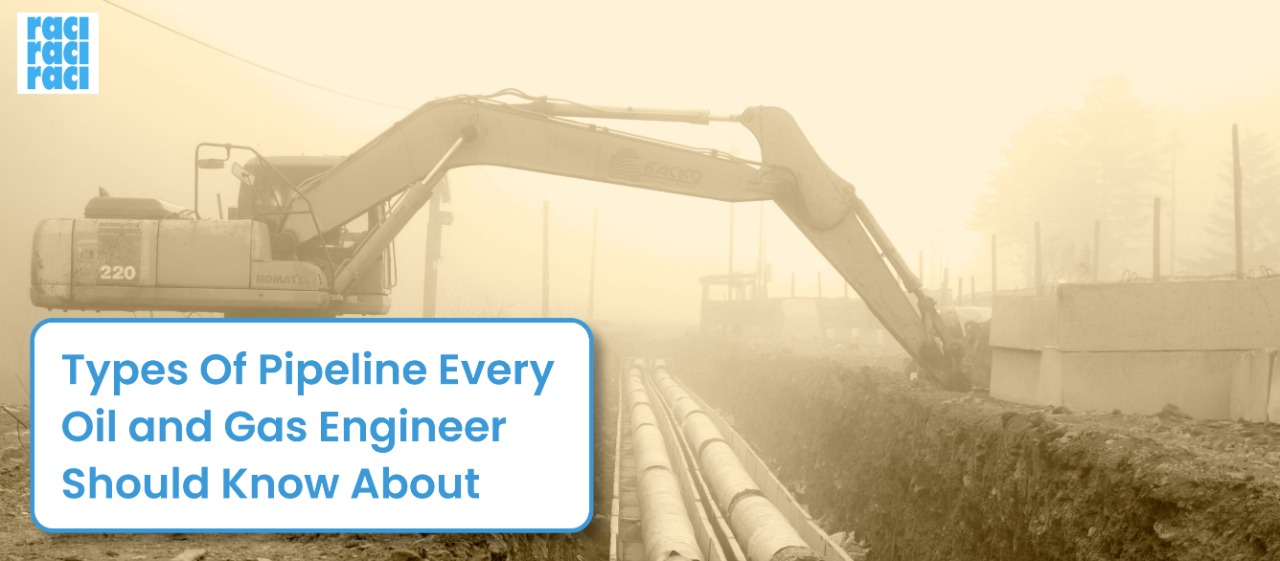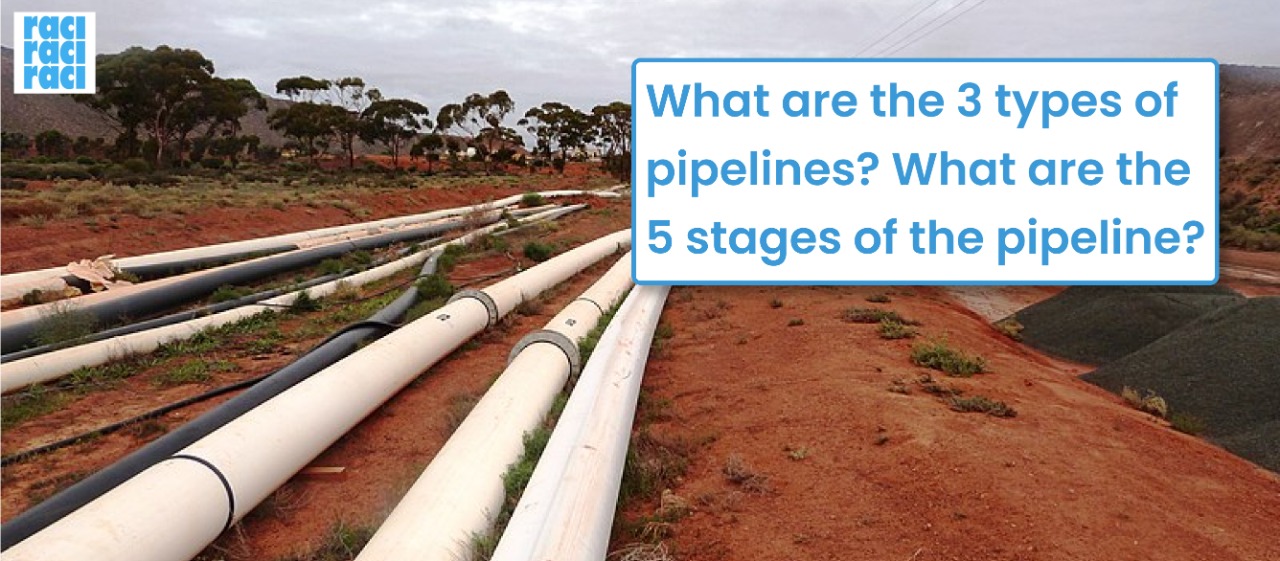Types Of Pipeline Every Oil and Gas Engineer Should Know About

There has been a dramatic improvement in pipeline installation . This includes improvements in pipeline types as well. The pipelines are an important part of our infrastructure and each type serves a different purpose. Based on their function, making, and material they transport, we have compiled a list of the different types of pipelines used in different oil and gas pipelines in India . Based on the function of the pipeline: Collection/Gathering - After being extracted, most of the natural resources are being processed. These resources are pulled from their source and transported to the plant or storage tank for further processing by the pipeline installation companies . These pipelines are smaller in length because the time between the two points should be minimal. Transmission/Transport - Oil and gas pipelines in India transport natural resources over long-distance across cities or transportation pipelines are used. They are large and operate under very high pressures. ...



